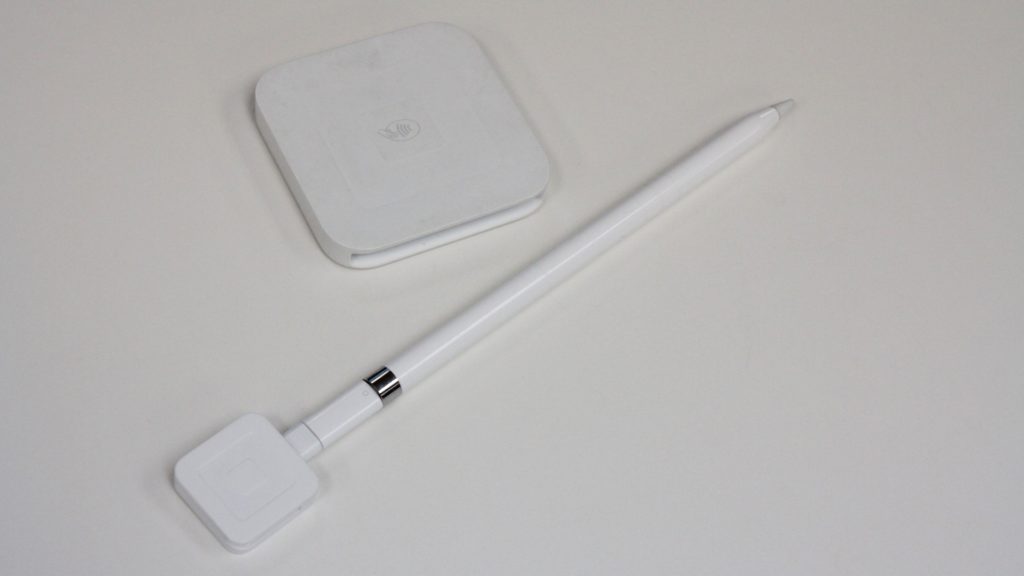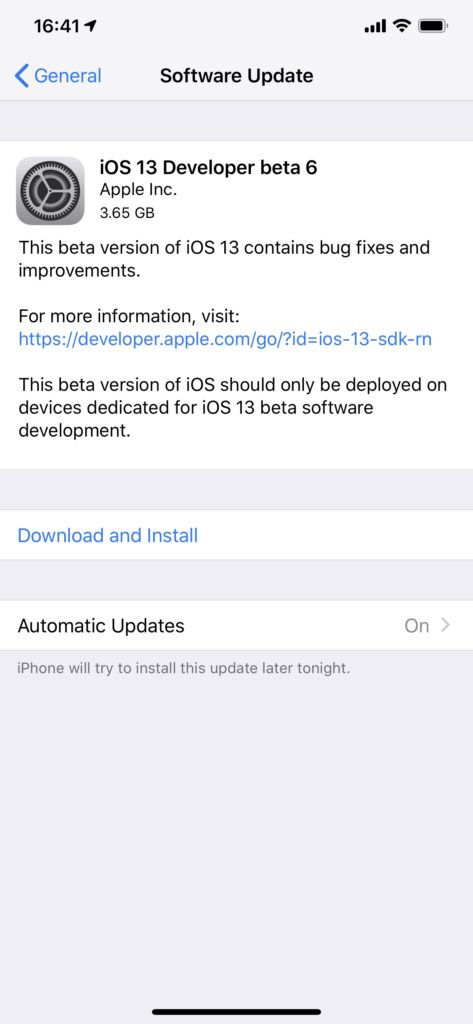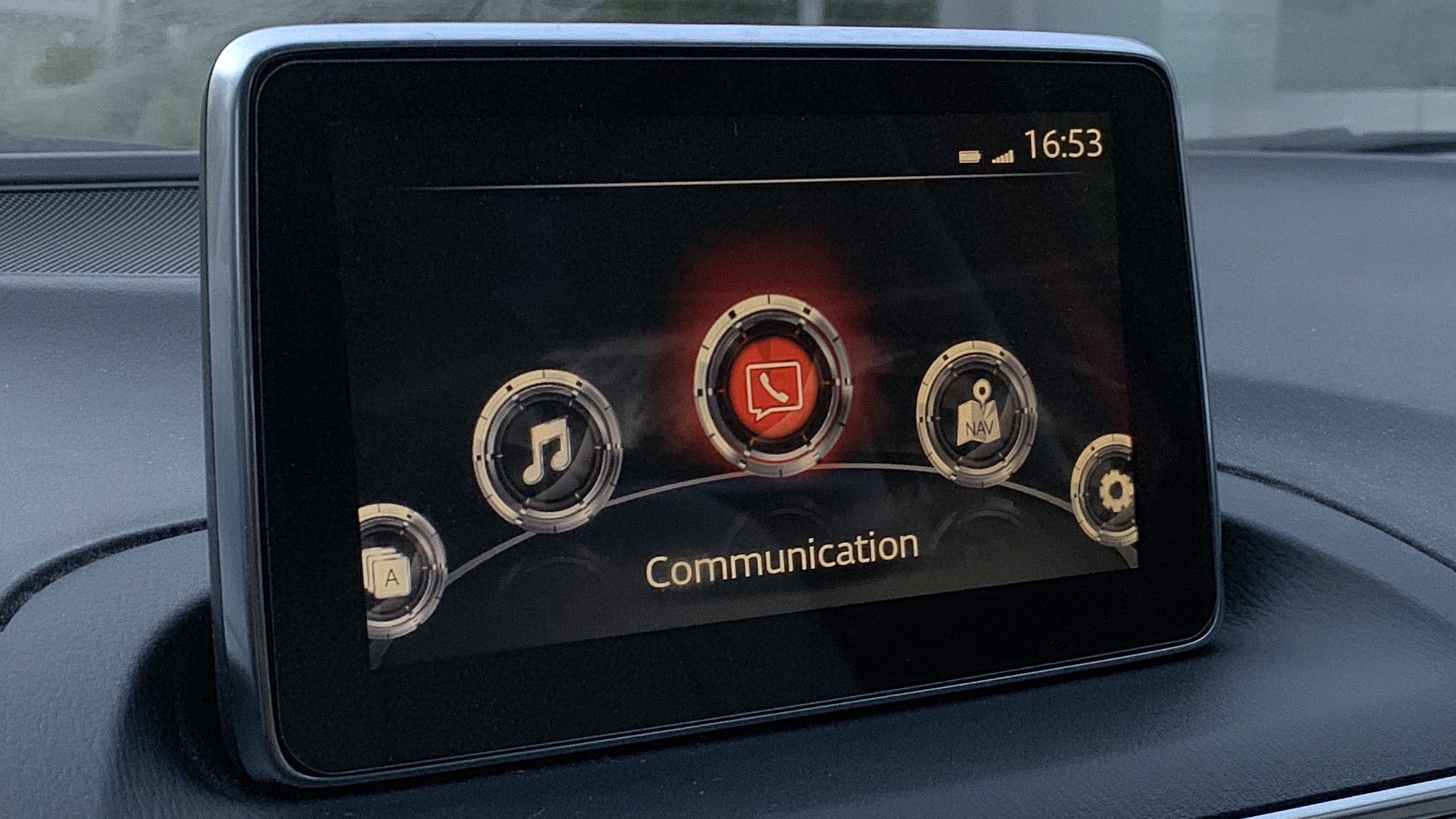
Is this the proper way to use Square Reader with Lightning connector?

Now pointlessly enhanced with AI

Is this the proper way to use Square Reader with Lightning connector?
I’ve been getting a lot of questions regarding the upcoming Apple Event.
It is better to wait until September 10 “By Innovation Only” to be over before anyone buying new iPhones and even Apple TV.
Apple seeds iOS 13 beta 6 build 17A5556d on Wednesday August 7, 2019. I’m feeling brave enough to install this beta on my main device, an iPhone XS Max.
I’ve been running iOS 13 betas on my secondary device, an iPhone X since day 1.
Next up is installing watchOS 6 beta 6 on my Apple Watch.

The previously reported bug that caused a login loop for Google-hosted G-Suite accounts has been fixed, presumably on the server side.
The bug was first introduced in macOS 10.14.4 beta. Originally the bug affects any Google accounts with Two-Factor-Authentication (2FA) turned on; Gmail and G-Suite altogether. When macOS 10.14.4 was released, only G-Suite accounts with 2FA were affected. iOS 12.2 was also affected by this bug.
We checked on Saturday morning, March 30, 2019, and found out that the issue was fixed. Assuming that it was fixed on the server side by Google.
A lot of businesses and educational institutions are using G-Suite.
We’re working on a computer at the office and found an Intel SE440BX-2 motherboard with Pentium II installed.

Pretty sure it is still working.
When Apple released iOS 12.1 Update on October 29, 2018, it also restored the keyboard layout where the “Numeric Key” and the “Emoji/Language Key” were in place of each other.
Now it looks like the 2018 iPad Pro, we have only the 11-inch model, still has the two keys swapped.



Mazda has announced the availability of Apple CarPlay™ and Android™ Auto retrofit on select models.
The retrofit includes installing new software and 2.1-amp USB ports. The retrofit costs 399.95 USD + Tax in the United States.
